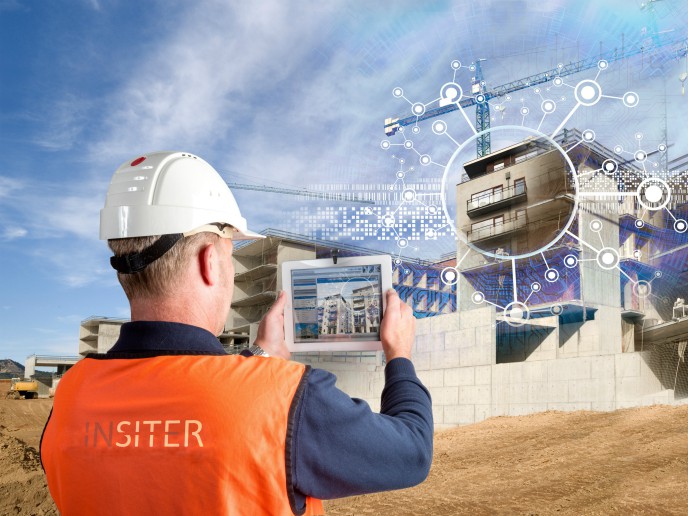Modelling toolchain drives high-performance lithium-ion batteries
Lithium-ion (Li-ion) batteries have revolutionised sustainable energy and become the preferred power source for various applications, including electric cars. This is mainly due to their high energy density, long cycle life, low self-discharge rates and high charging efficiency. In order to further accelerate the development of Li-ion batteries with increased energy density, a group of European researchers has designed a modelling toolchain as part of the EU-funded MODALIS2 project implemented by a consortium of 15 partners. As expert users of battery simulation tools, they offered valuable input to improve the toolchain functionalities, better support industry players and address some of their challenges. “Having a complete modelling toolchain is essential to account for all the relevant mechanisms, from the molecular and cellular levels to the final integration into the complete system. This will enable the industry to incorporate new and innovative materials in their next-generation Li-ion battery cells,” explains Martin Petit, project coordinator.
Driving the next-generation 3b and 4b batteries
For the mobility sector, the primary focus is on Li-ion battery chemistries, particularly liquid-state batteries, classified as generation 3b, and solid-state batteries, classified as generation 4b. According to Petit, generation 3b can increase capacity for the positive and negative electrodes, while generation 4b uses solid-state electrolytes for improved safety and to facilitate the use of Li-metal for the negative electrode. The MODALIS2 modelling toolchain provides an effective tool for understanding the advantages and drawbacks of new materials and the possible reliability of batteries built using these materials. “MODALIS2 offers degrees of flexibility in the cell and battery development processes, which enable effective solutions to the design challenges,” Petit elaborates. He also noted that the modelling approach is designed to reduce the costly and time-consuming trial and error process. For instance, the modelling toolchain allows for the faster integration of new and innovative materials within next-generation Li-ion battery cells, resulting in cost-effective, efficient and reliable electric vehicles.
Understanding the benefits and limitations of new materials
MODALIS2 addressed the challenges related to the mechanical effects of batteries. According to Petit, emerging battery technologies and materials, such as silicon-based negative electrodes and solid-state electrolytes, exhibit strong mechanically induced failure phenomena. “This can include progressive degradation mechanisms, such as ageing, or critical failure, such as dendritic growth leading to short circuits,” he notes. The MODALIS2 modelling tools were integrated into widely used commercially available software. Materials manufacturers, cell manufacturers, and original equipment manufacturers were trained in these tools and provided their feedback, resulting in a single modelling platform that encompasses all main battery value chain stakeholders’ development processes. This new toolchain can accelerate the adoption of electric vehicles by enabling the industry to develop next-generation Li-ion battery cells more efficiently, paving the way for improved performance of electric vehicles.
Keywords
MODALIS2, Li-ion, modelling toolchain, electric vehicles, lithium-ion batteries, generation 3b, energy density, generation 4b, sustainable energy







